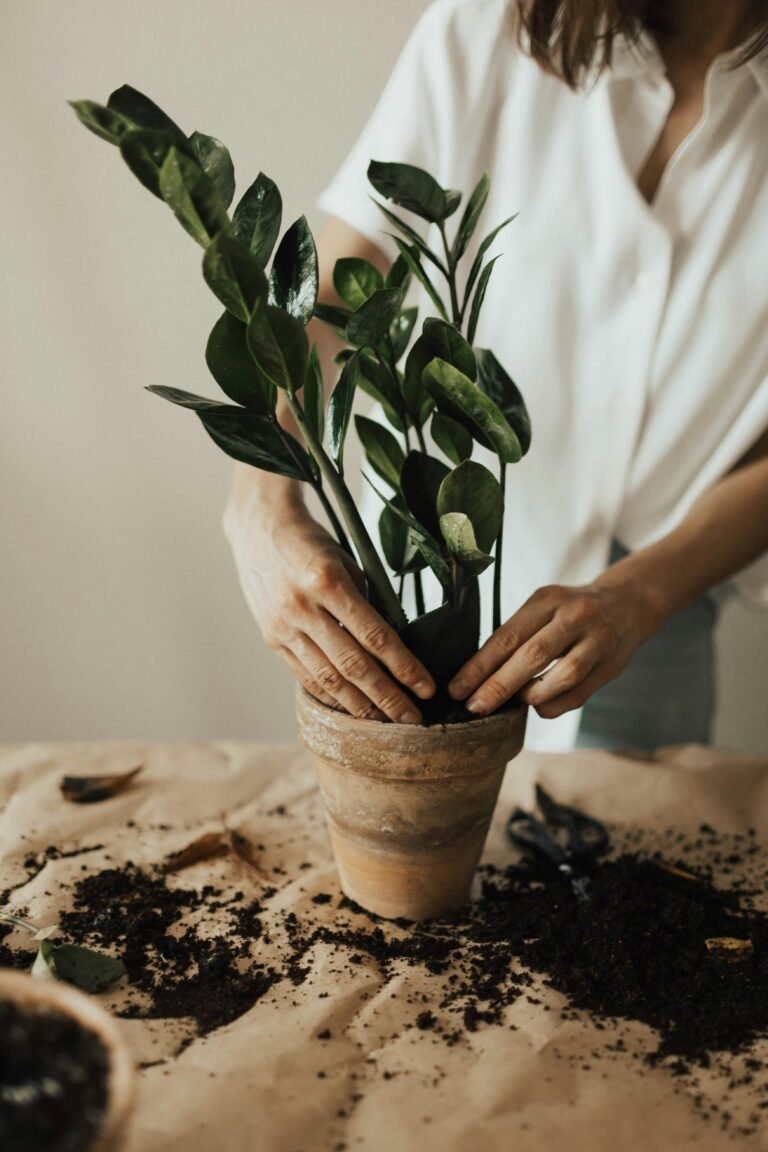
In today’s fast-paced world, maintaining a sense of calm can feel like a distant goal. We are constantly bombarded with stressors — work deadlines, social pressures, financial responsibilities, and even the seemingly endless noise of daily life. However, achieving inner and outer calm is not only possible but essential for our well-being. Both physical and mental calm are interconnected, and when we focus on nurturing both, we can create a balanced, healthier lifestyle. Here are some strategies for keeping your body calm, both internally and externally.
Thank you for reading this post, don't forget to subscribe!Mindfulness and Meditation: Your Inner Peace

One of the most powerful tools to maintain inner calm is mindfulness. It’s about being fully present in the moment without judgment. When we practice mindfulness, we allow ourselves to observe our thoughts and feelings without getting caught up in them. Meditation is a key practice that promotes mindfulness. Taking just 10-15 minutes daily can significantly reduce stress and anxiety.
How to Practice: Find a quiet spot, sit comfortably, and focus on your breath. When your mind starts to wander, gently bring your attention back to your breath. With time, you’ll learn to handle external stressors with more resilience.
Deep Breathing Techniques
When we feel stressed, our body naturally goes into a “fight or flight” response. Deep breathing exercises can activate the parasympathetic nervous system, the body’s natural relaxation mechanism. Simple techniques, like deep belly breathing, help to calm your nervous system and reduce the levels of cortisol (the stress hormone) in the body.
How to Practice: Breathe in deeply through your nose for a count of four, hold for four, and then exhale slowly through your mouth for a count of six. Repeat this cycle for several minutes. Doing this before or after a stressful event can help you feel more centered and calm.
Physical Exercise for External Calm
Exercise is not just about building strength and endurance; it’s also an excellent way to release built-up tension. Physical activity, especially aerobic exercise, releases endorphins, chemicals in the brain that act as natural painkillers and mood elevators. Regular physical activity improves sleep quality and helps manage stress.
How to Practice: Engage in at least 30 minutes of physical activity a day. Whether it’s walking, jogging, yoga, swimming, or dancing, find an activity you enjoy. Consistency is key, and even light exercises like stretching can make a significant difference in how your body handles stress.

Nutrition: Fueling Calmness


What you eat can have a profound effect on your ability to stay calm, both mentally and physically. Foods rich in antioxidants, omega-3 fatty acids, and vitamins promote a healthy brain and reduce inflammation in the body. A balanced diet can help regulate your mood and energy levels, preventing irritability and anxiety.
Foods to Focus On: Incorporate leafy greens, berries, nuts, seeds, fatty fish like salmon, and whole grains into your diet. Avoid excessive caffeine and sugar, which can heighten stress and anxiety.
Hydration: Staying hydrated is just as important. Dehydration can lead to headaches, fatigue, and mood swings, making it harder to remain calm. Drink plenty of water throughout the day
Sleep: The Foundation of Calmness

Adequate sleep is a cornerstone of both mental and physical calm. Sleep allows your body to recover from the stresses of the day and regulates your nervous system. Poor sleep, on the other hand, leads to irritability, poor decision-making, and heightened stress responses.
How to Improve Sleep Quality: Maintain a consistent sleep schedule, aim for 7-9 hours of sleep each night, and create a relaxing bedtime routine. Limit screen time before bed, as the blue light emitted by phones and computers can disrupt your sleep cycle.
Posture and Body Language
The way we carry ourselves can have a huge impact on how we feel. Poor posture can lead to physical tension, which in turn leads to mental strain. On the flip side, adopting confident and relaxed body language can promote a sense of calm and well-being.
How to Practice: Pay attention to your posture throughout the day. Try to keep your shoulders back, head aligned with your spine, and chest open. Incorporating mindful movements like yoga or Tai Chi can help improve posture and release tension.

Creating a Calm Environment


The external environment you inhabit plays a big role in how calm or stressed you feel. Cluttered spaces can lead to feelings of chaos and overwhelm. On the other hand, an organized, serene environment can promote relaxation and focus.
How to Create a Calm Space: Keep your home or workspace tidy. Add calming elements like plants, soft lighting, and calming scents like lavender or eucalyptus. A few changes in your environment can significantly boost your mood and sense of peace.
Unplugging from Technology

We live in a hyper-connected world, and while technology is a wonderful tool, it can also contribute to our stress levels. Constant notifications, emails, and social media can be overwhelming. Taking breaks from technology is essential for maintaining inner calm.
How to Practice: Designate tech-free times during your day, such as during meals or before bedtime. Use these moments to engage in activities that help you relax, such as reading, journaling, or enjoying nature.
Social Connections and Support
Strong social bonds are vital to maintaining emotional well-being. Talking with friends or family members and expressing your feelings can lighten the emotional load. Social connections help you process stress, share experiences, and gain perspective.
How to Practice: Reach out to loved ones regularly. Whether it’s a quick phone call, a video chat, or a shared meal, spending time with those who uplift you can provide comfort and relaxation.

Cultivating Calmness in a Chaotic World

In a world full of distractions and stressors, it’s essential to prioritize both our mental and physical well-being. By incorporating practices like mindfulness, physical activity, proper nutrition, and improving your sleep habits, regular prayer , you can create a foundation of calmness within yourself. Combine this with a peaceful external environment, balanced social connections, and intentional breaks from technology, and you’ll be on your way to a more tranquil and harmonious life.
Remember, calming the mind and body is not a one-time achievement — it’s an ongoing practice. With dedication and consistency, you can foster a sense of peace that permeates every aspect of your life, both internally and externally.
